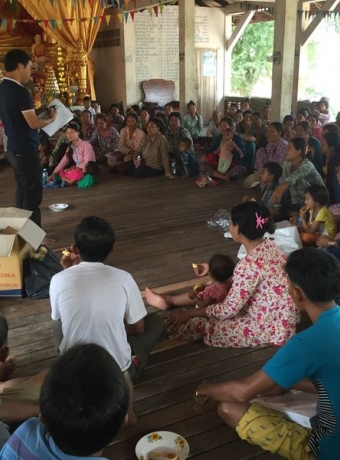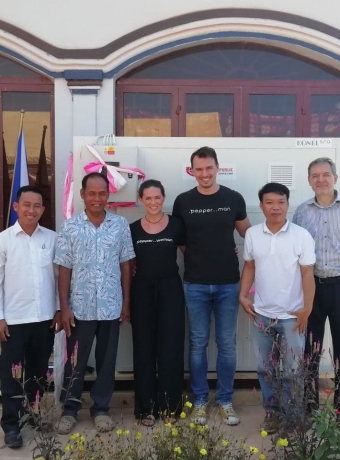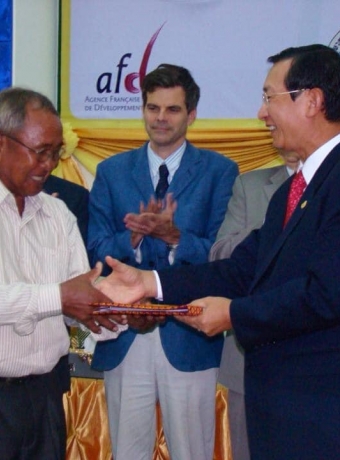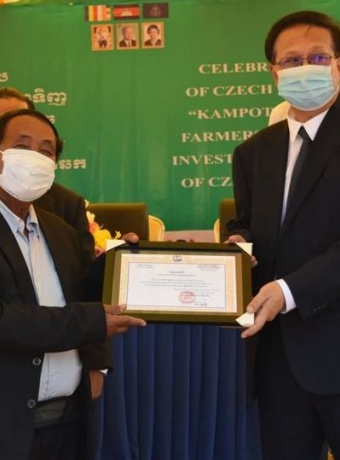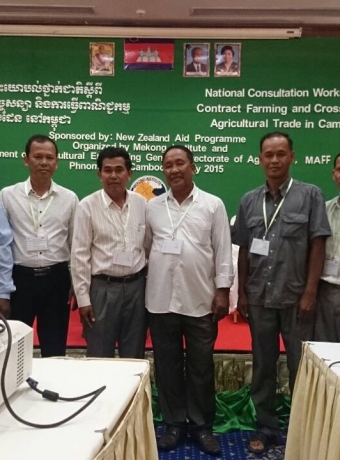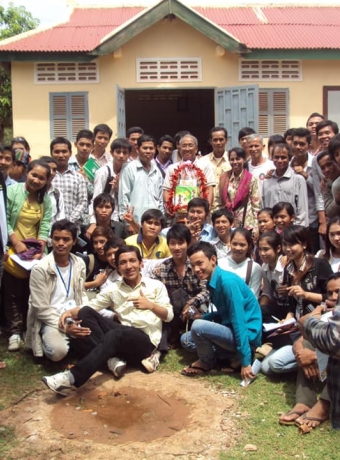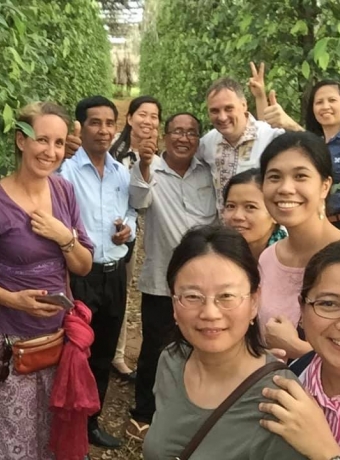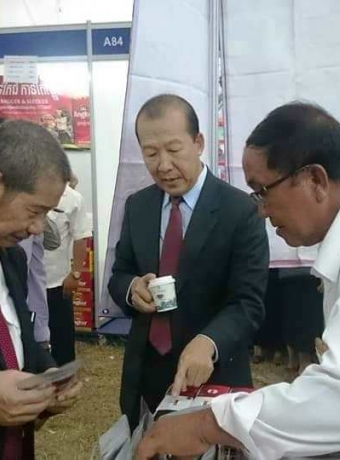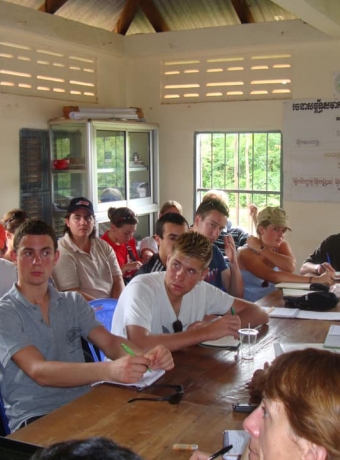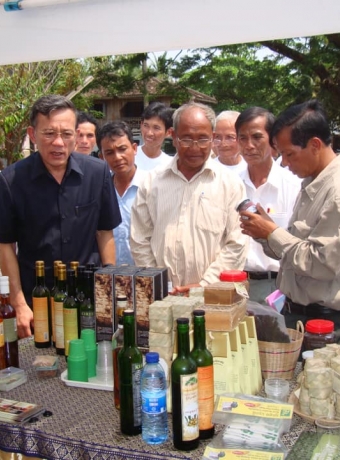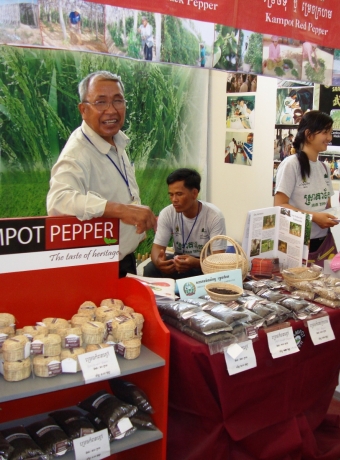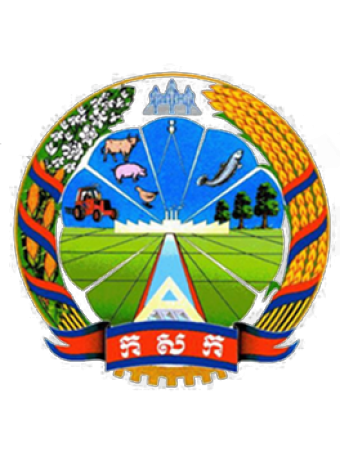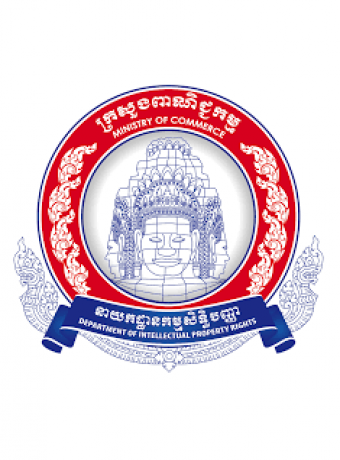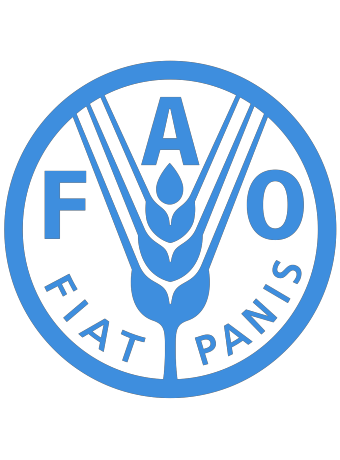Production
Cuttings
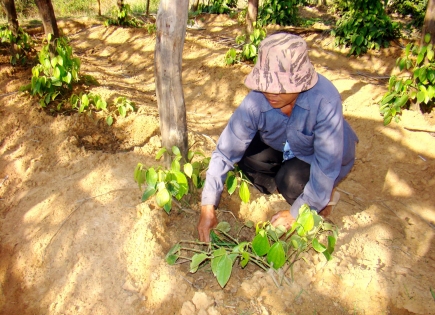
There are two varieties of plants used by the farmers in Kampot: Kamchay and Lampong (or Belantoeung), known locally as “big leaves” and “small leaves”.
Replication is done by cuttings. The geographical indication’s book of specifications forbids the use of any other varieties.
Fertilization
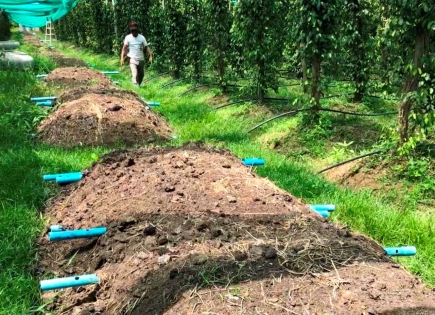
Fertilization is applied all year long in different ways: addition of new soil called “virgin soil”, application of cow dung and bat dung (guano). Some producers also produce fertilizers from rice field crabs, cow bone and skin of prawn.
The geographical indication’s book of specifications forbids the use of chemical fertilizers.
Irrigation
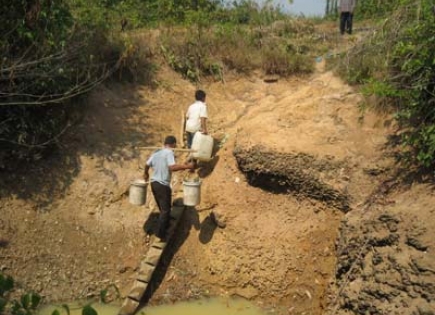
Irrigation is paramount to pepper cultivation. If rain fall is plentiful during rainy season, irrigation is necessary during dry season when a vine needs 15 L of water every 3 days.
Most of the plantations in Kampot are irrigated manually using water from ponds nearby.
Pest control
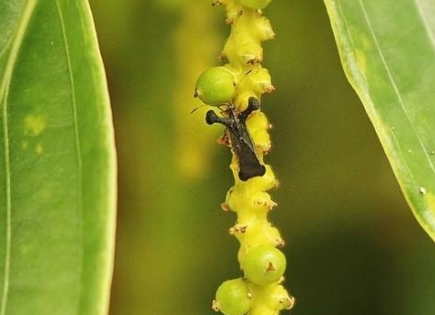
Many producers in Kampot produce today natural pesticides (repulsive) based on local plants - the knowledge transmitted from their ancestors.
The geographical indication’s book of specifications recommends using natural pesticides (not allowed to use any kinds of chemical pesticides).
Banner
Peppers
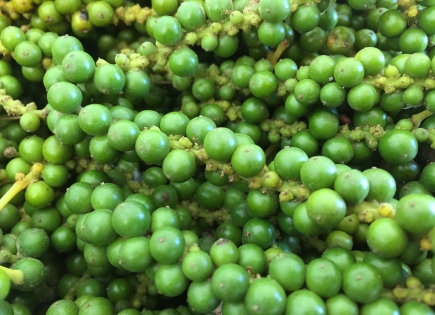
Green pepper
Harvested when still young on the vine, Kampot green pepper aromas literally explode on the palate with a very mild pepperiness. This fresh pepper accommodates perfectly a grilled squid dish.
This fresh pepper is a perfect match for a fried squid dish
Black Pepper
Kampot black pepper delivers a strong and delicate aroma. Its taste, which can range from intensely spicy to mildly sweet, reveals hints of flower, eucalyptus and mint.
This black pepper suits all kind of dishes and distinguishes itself in particular with grilled fish.
Kampot peppers’ specificities come from the mildness of their spice, the freshness and complexity of their aromas and their exceptionnal lingering taste.
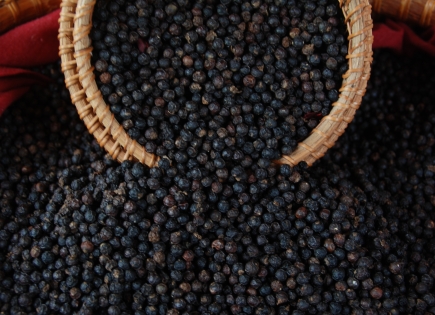
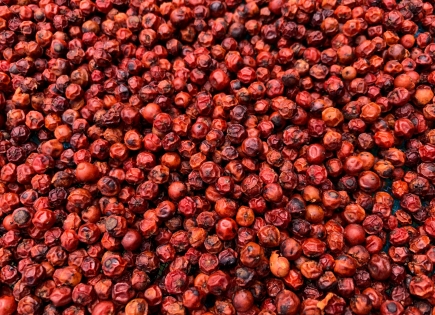
Red pepper
This disconcerting pepper allows for the wildest combinations, from wild meat seasoning to vanilla desserts.
Harvested when the berry is fully mature on the vine, Kampot red pepper delivers a powerful and fruity aroma. Its taste combines the spicy, mature flavor of black pepper with a sugary sweetness.
White pepper
Kampot red and white peppers are extremely rare due to the difficulty in harvesting fully mature pepper. Only a few hundreds of kilos are produced each year.
Obtained by soaking the red berries in water for a few days, Kampot white pepper develops an intense bouquet and delicate aroma. Its strong spicy taste carries notes of fresh grass and lime.
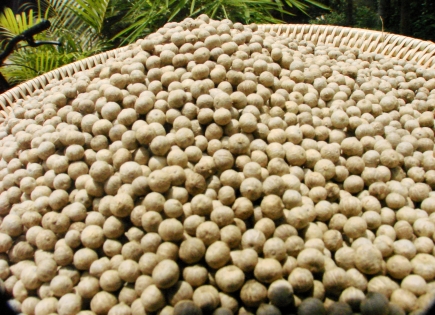
Producers
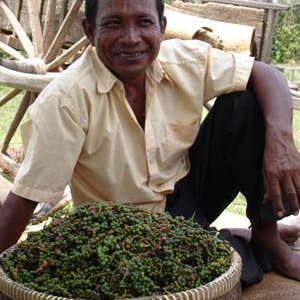
Generations of pepper planters
Producers growing pepper in Kampot today come from several Producers growing pepper in Kampot today come from several generations of pepper planters. They came back on their land after the civil war was over and started to farm pepper using their traditional methods inherited from their ancestors. . They came back on their land after the civil war was over and started to farm pepper using their traditional methods inherited from their ancestors.
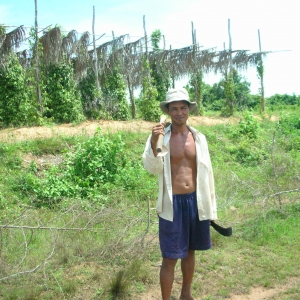
Ancestral know-how
These pepper lovers, smitten with their product, proud of their traditional values and definitely looking into the future, are the keepers of an ancestral know-how, of a way of production where the man and his land make one with a unique goal: producing the highest quality pepper.
kppa2008@yahoo.com
+855-92-752-572 ឬ +855-92-618-011
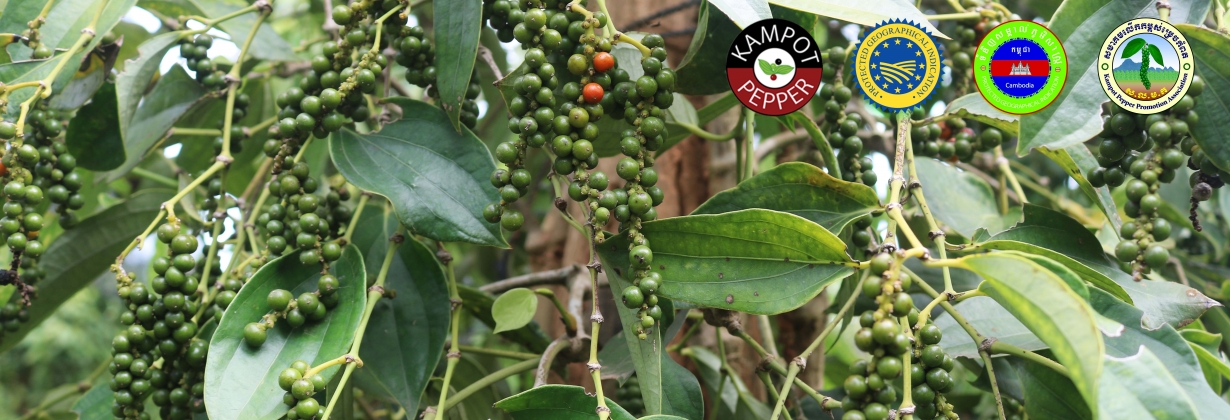
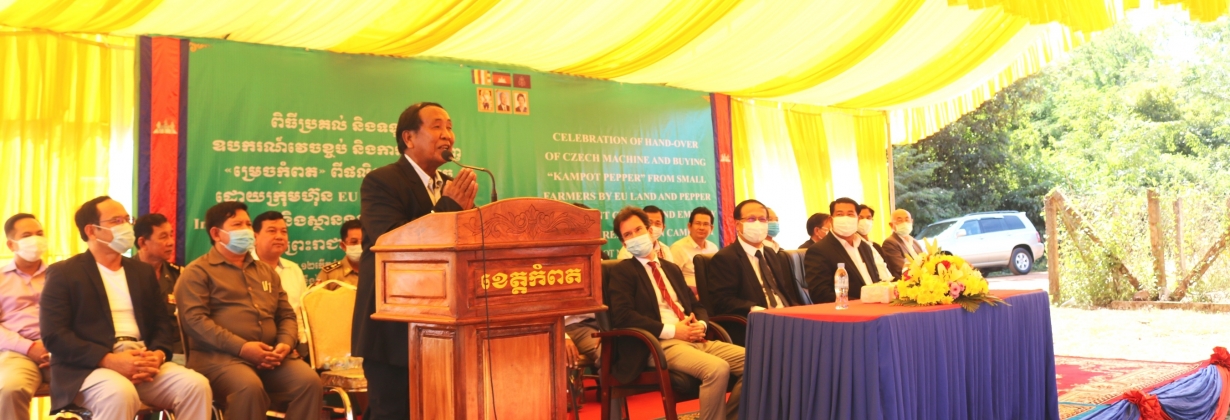
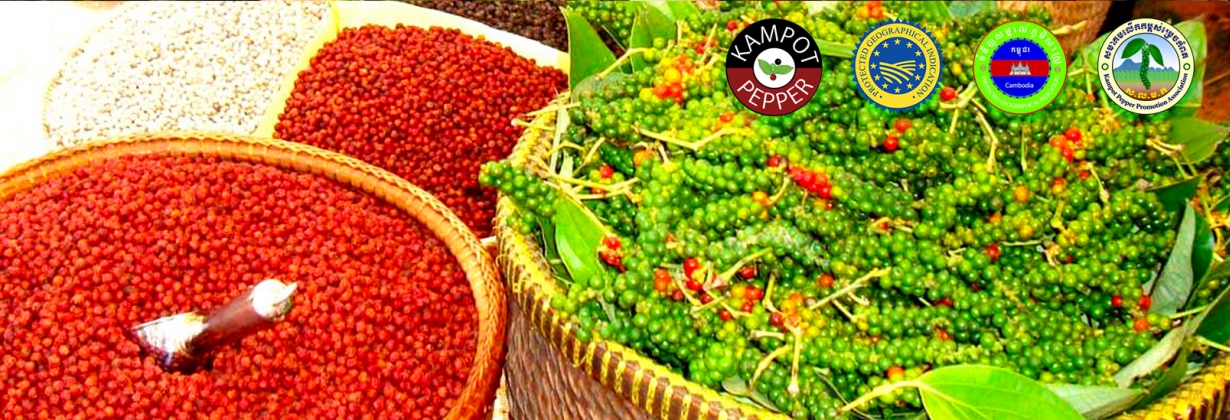

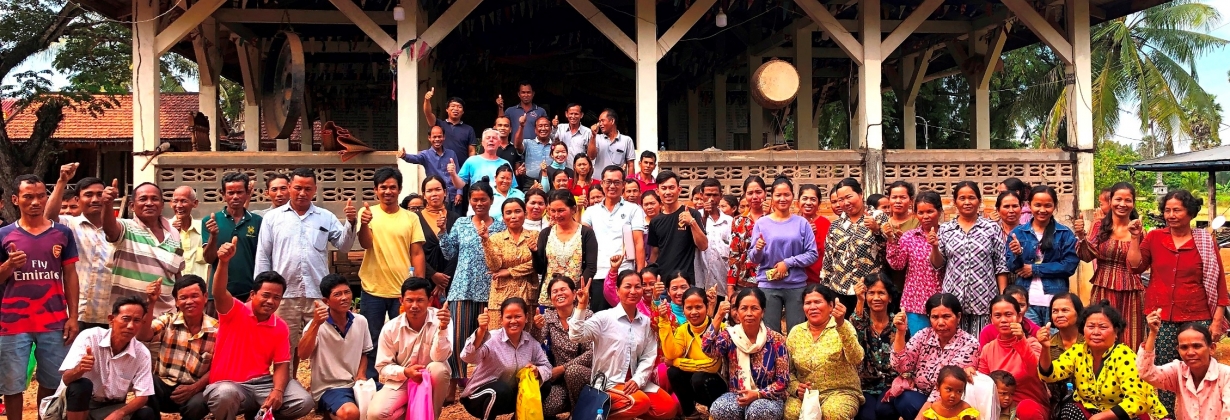
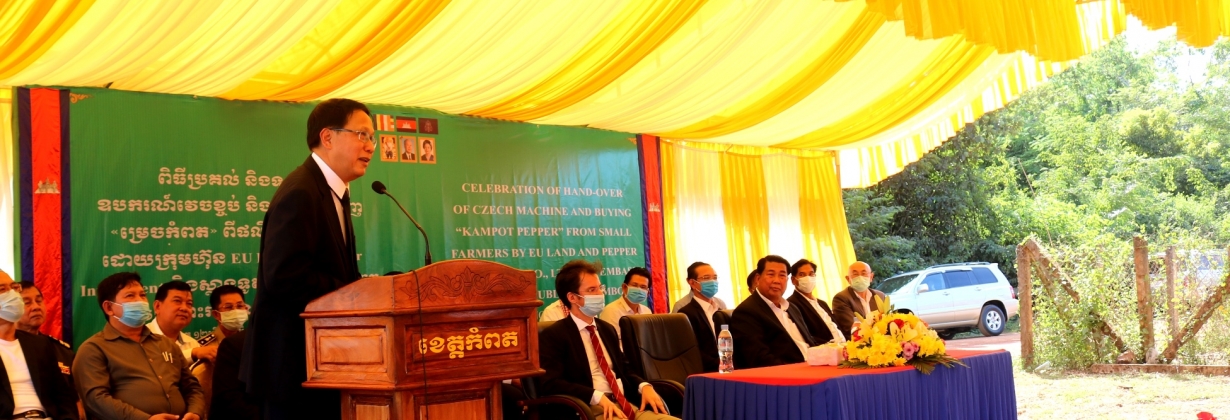
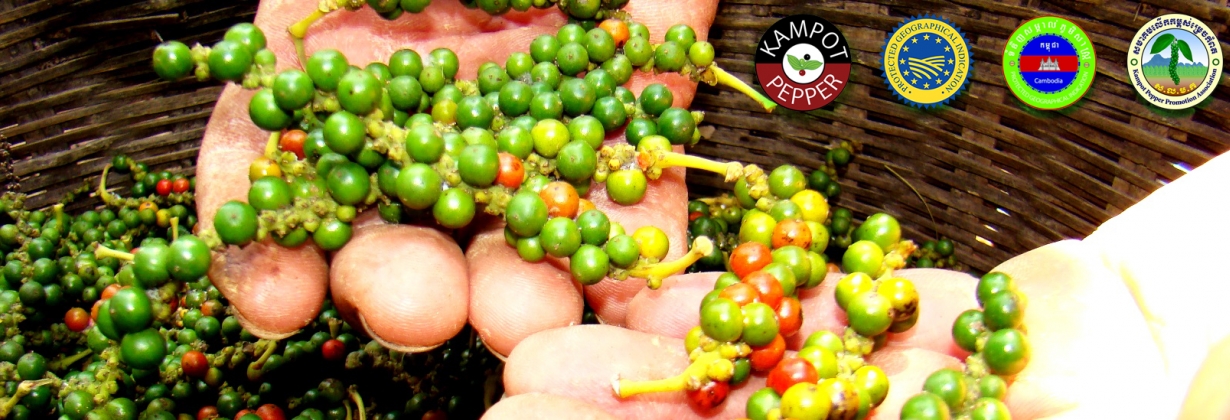

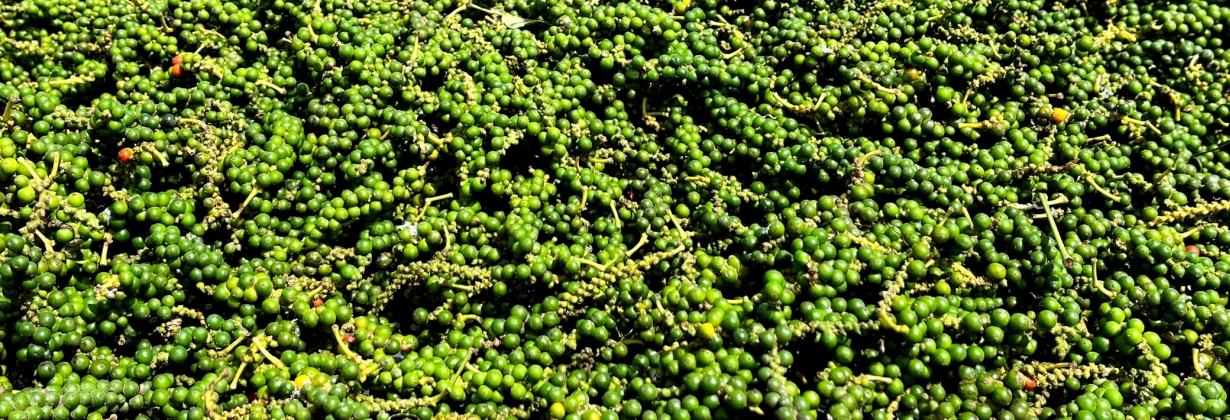
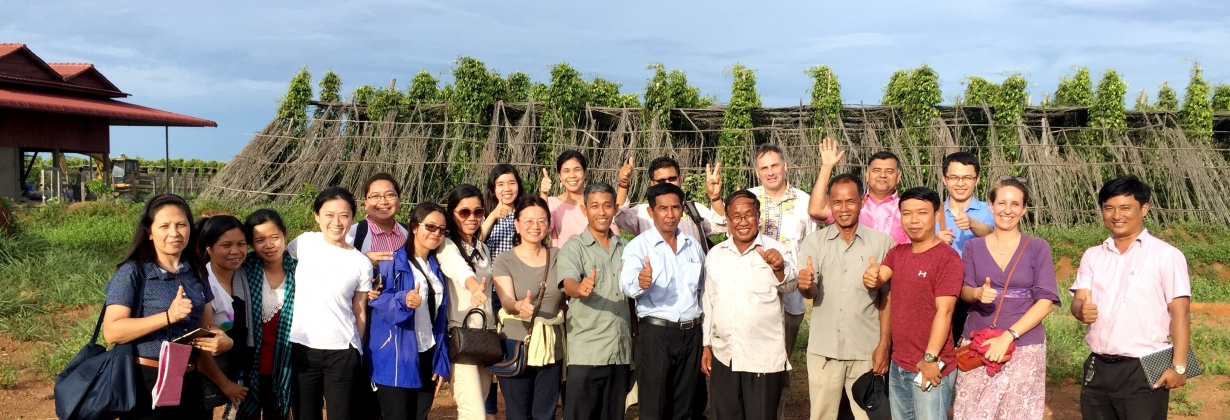
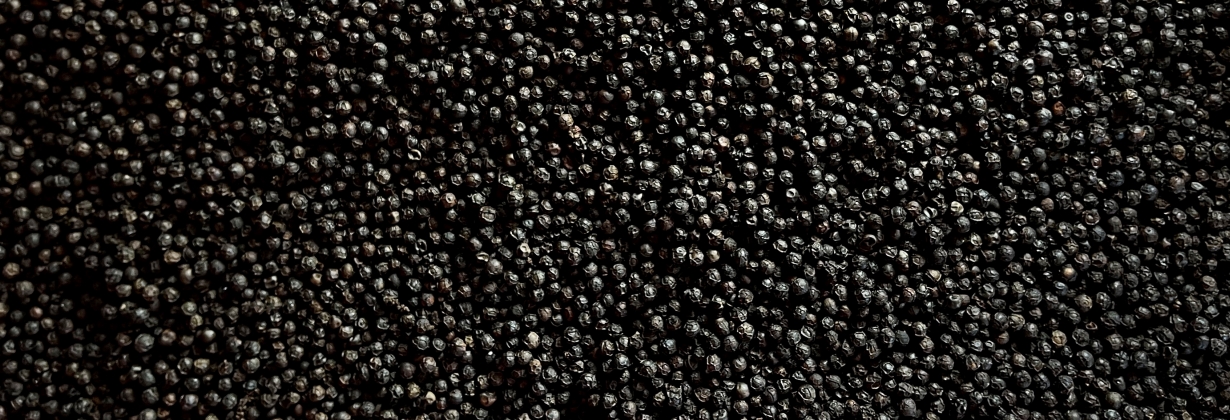
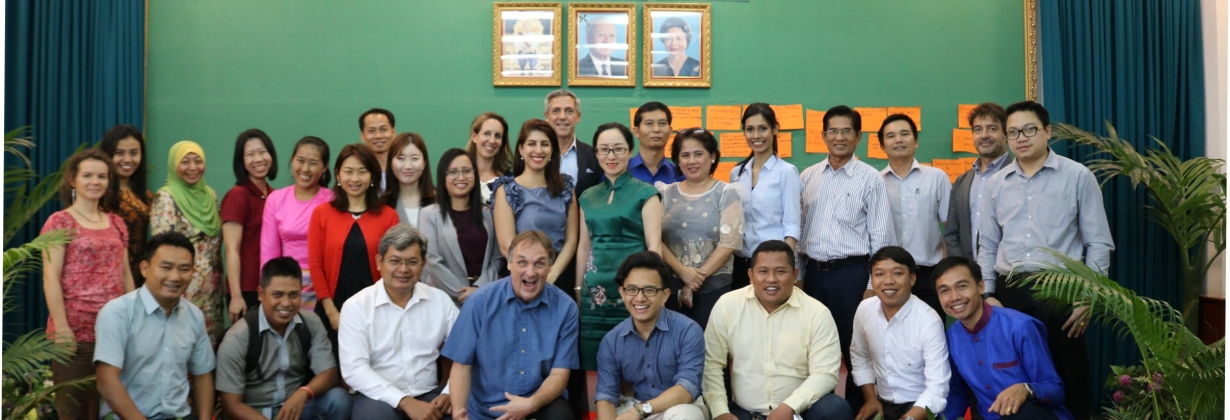
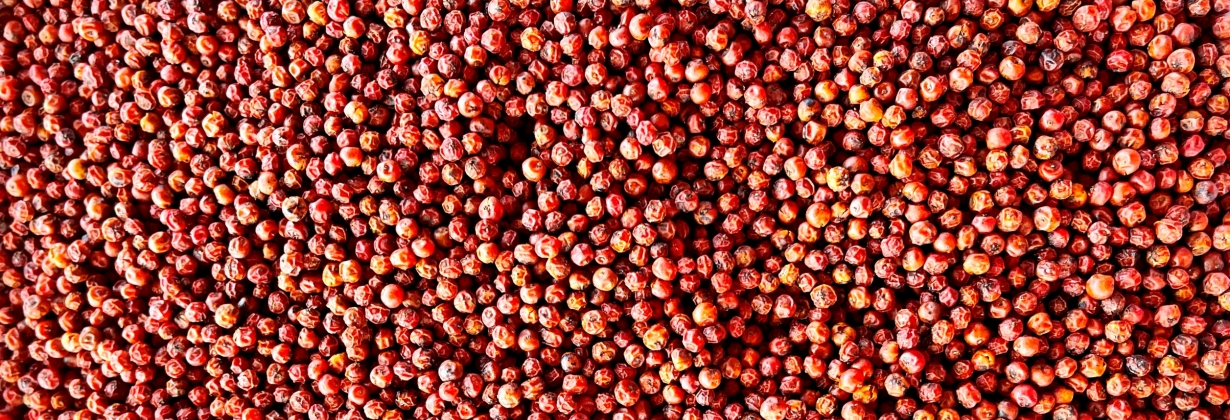
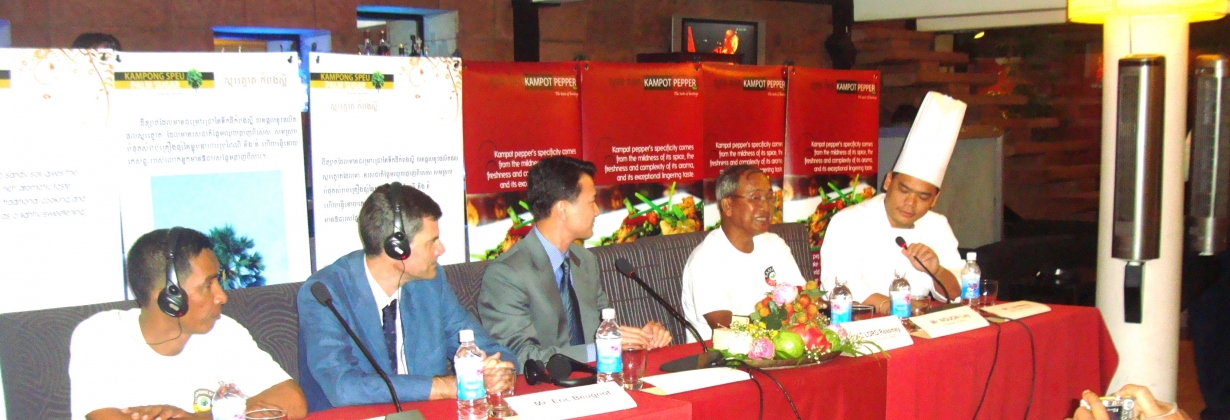
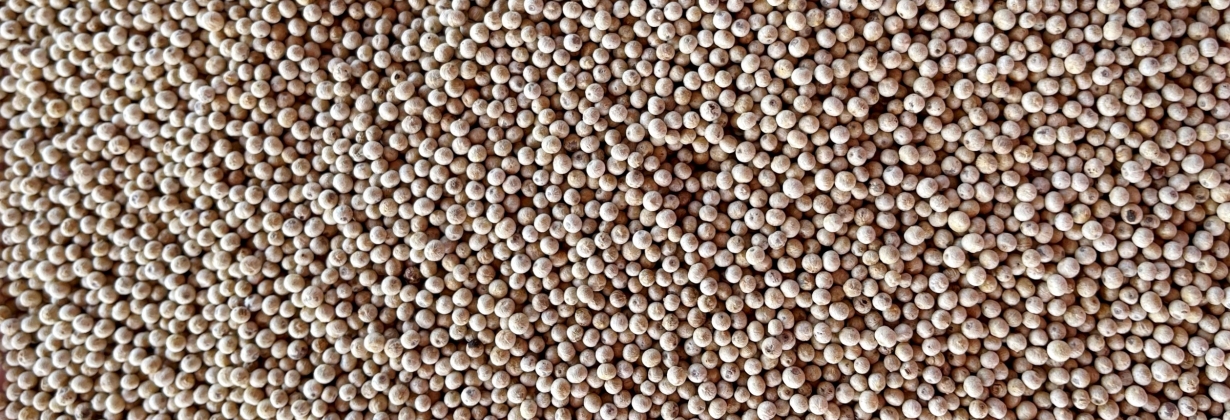
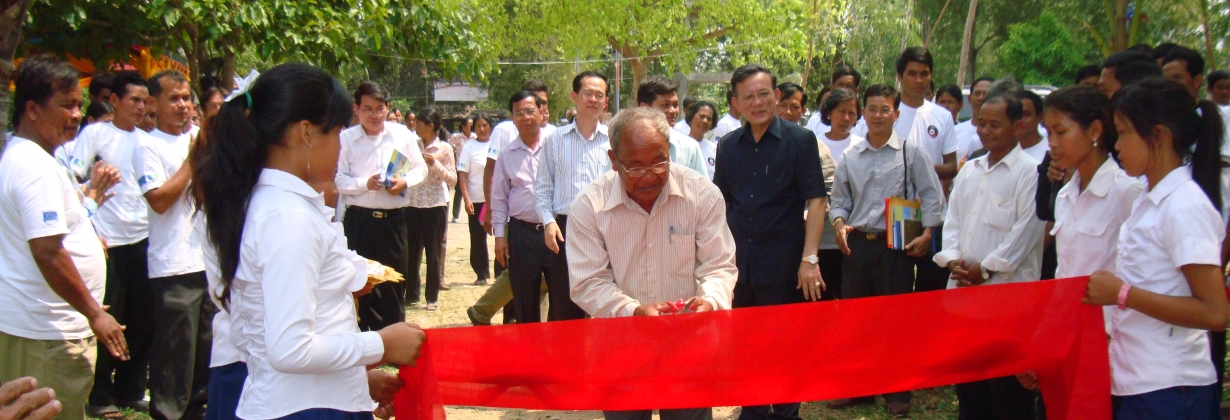
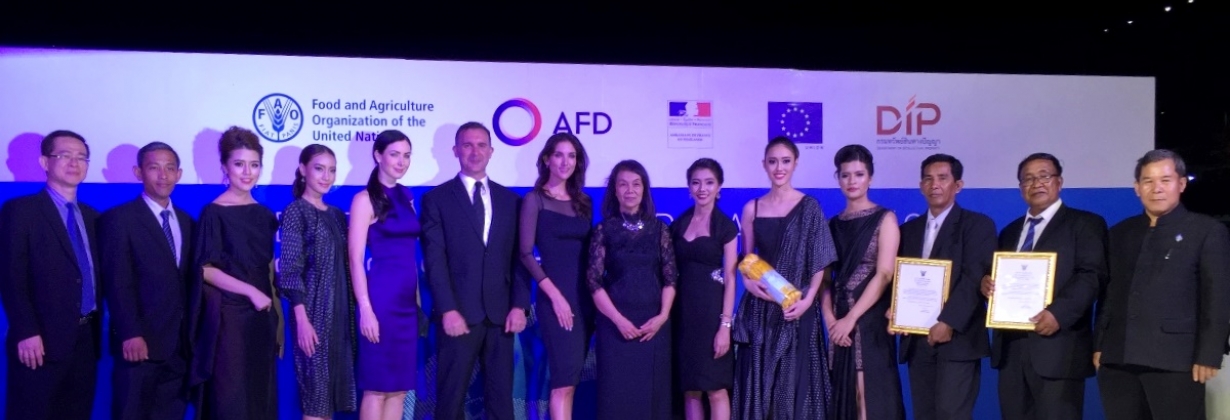
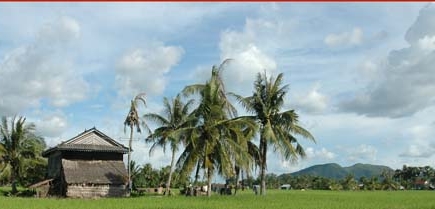
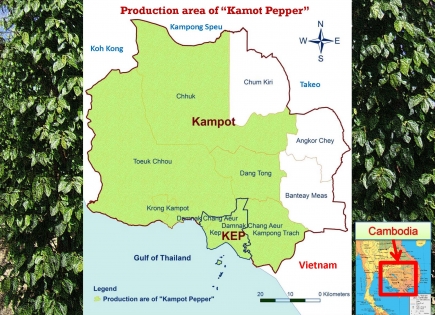
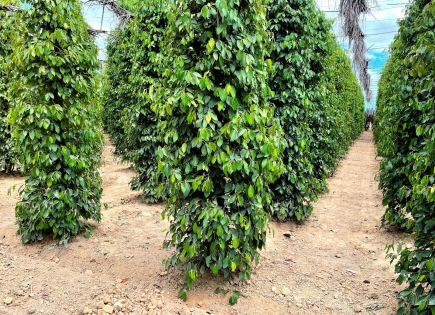
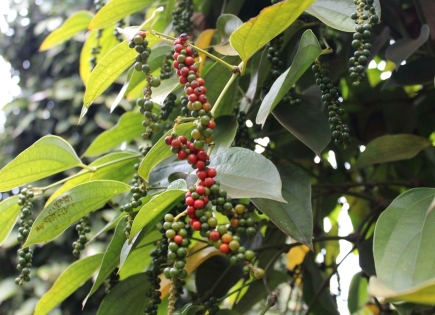
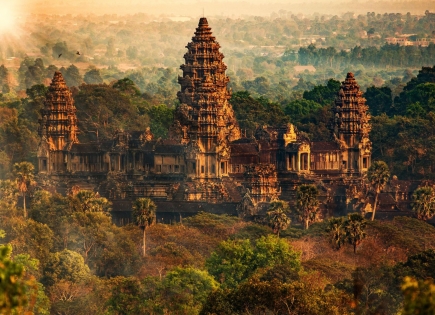
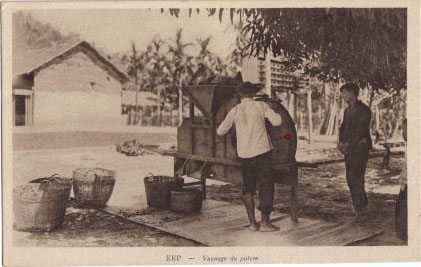
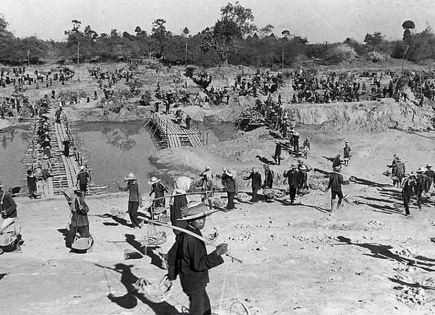
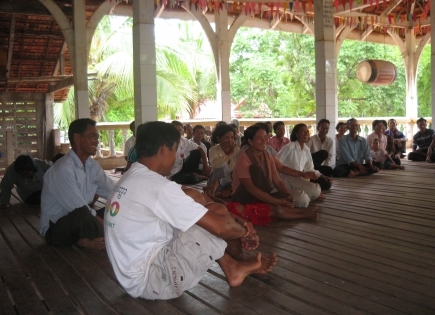
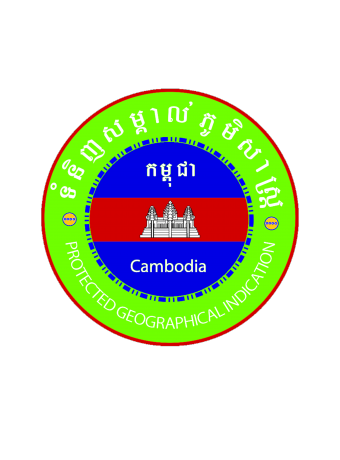
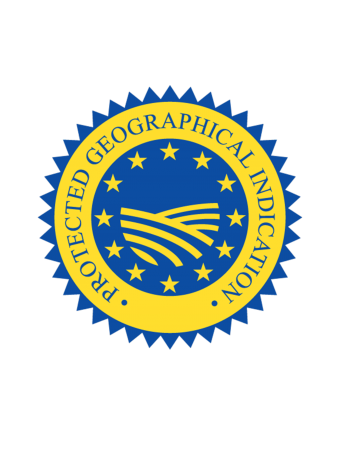
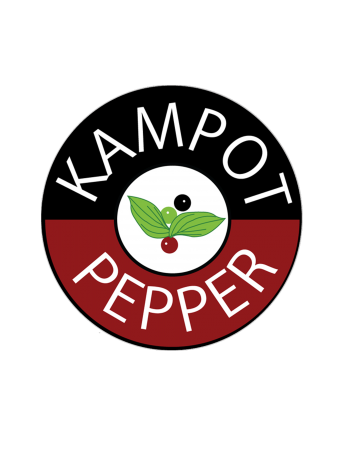
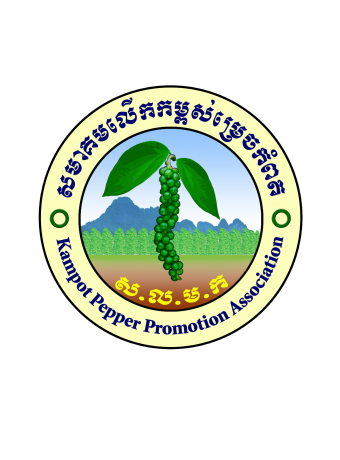
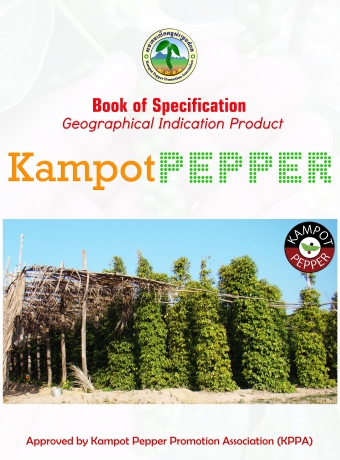

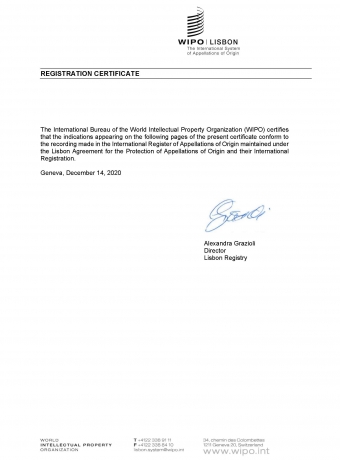
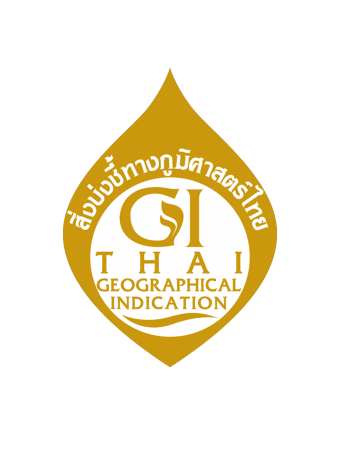

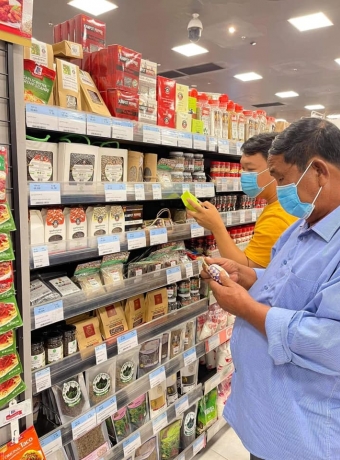

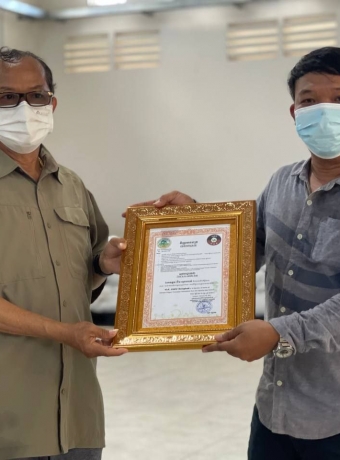
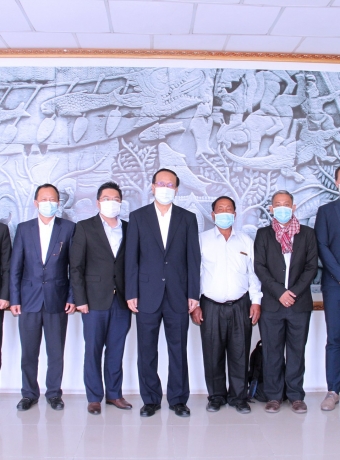
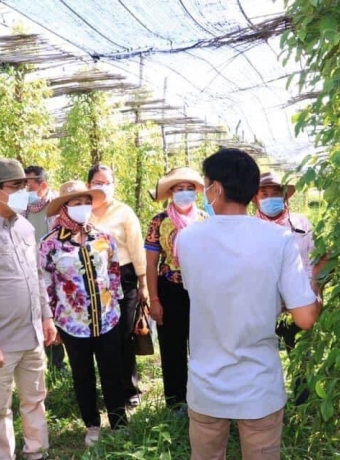
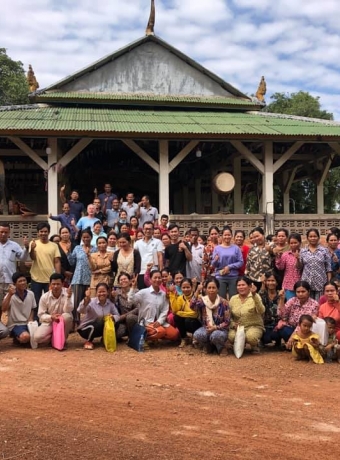


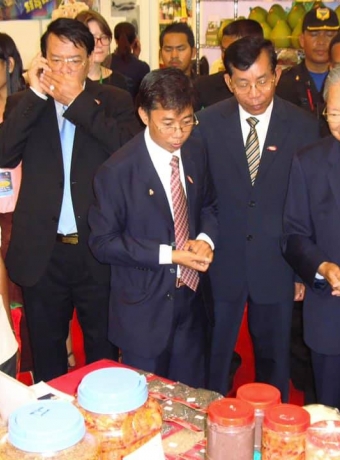
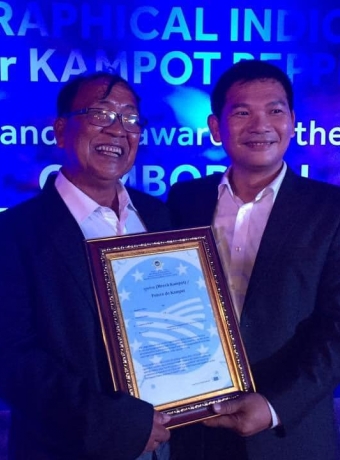
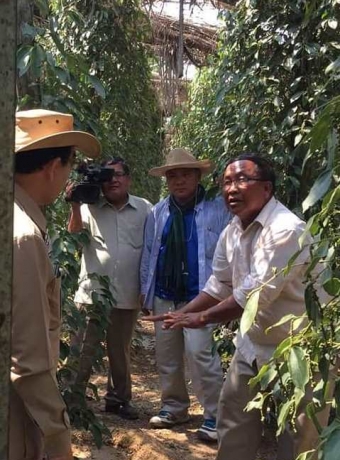
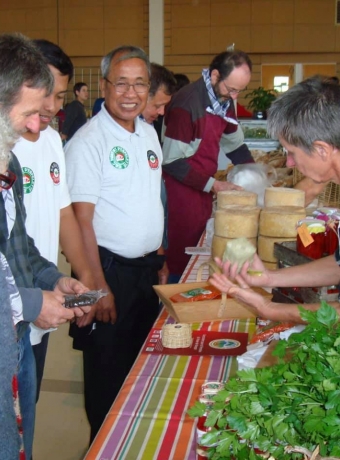

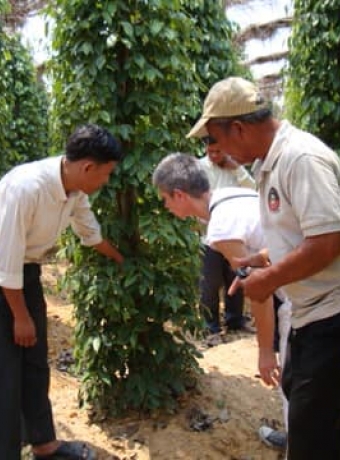

 Under honor of H.E. Director General of CAMCONTROL, President of KPPA carried out activities to promote, educate and prevent the sale of counterfeit Kampot pepper by traders and sellers in Siem Reap in order to stop those activities as it is against the law on “Geographical Indication” of Cambodia.
Under honor of H.E. Director General of CAMCONTROL, President of KPPA carried out activities to promote, educate and prevent the sale of counterfeit Kampot pepper by traders and sellers in Siem Reap in order to stop those activities as it is against the law on “Geographical Indication” of Cambodia.
